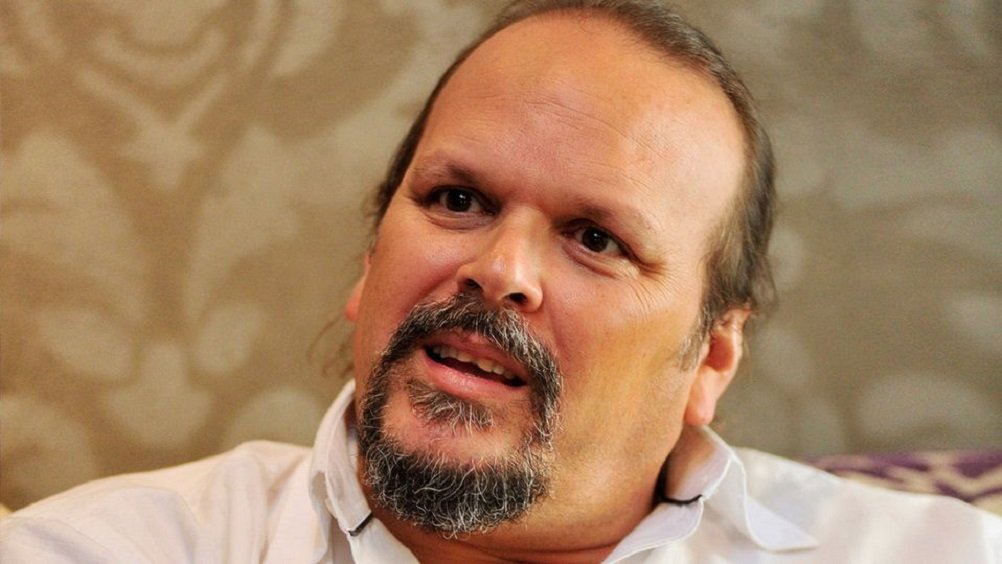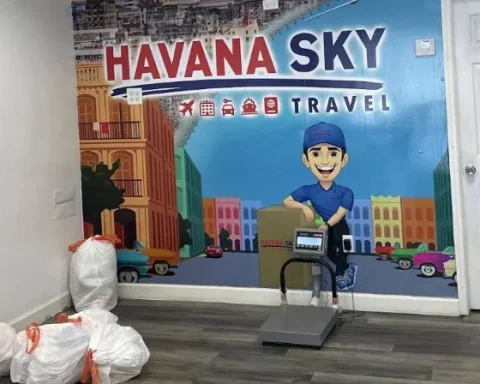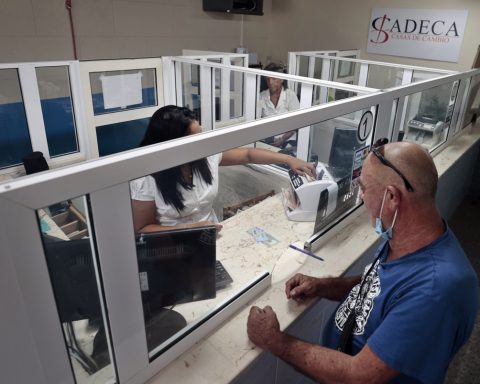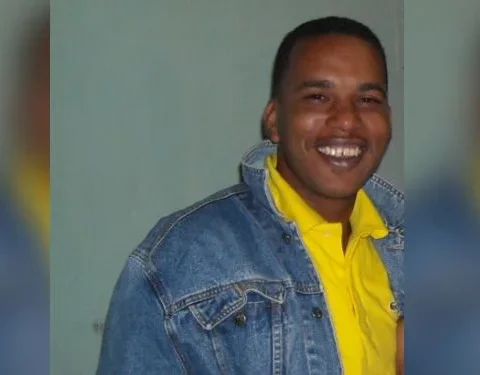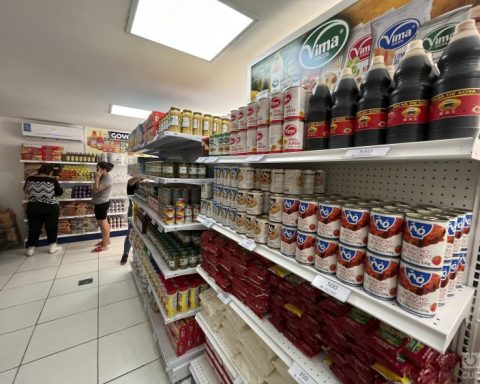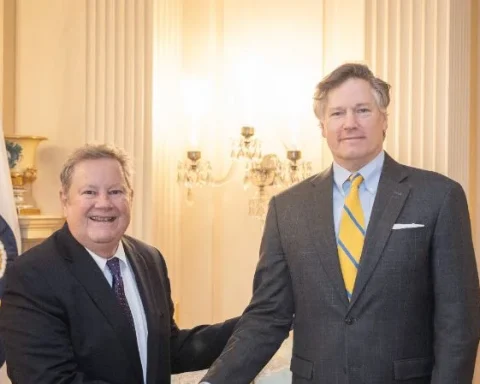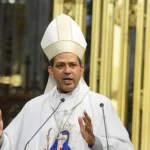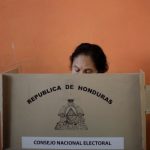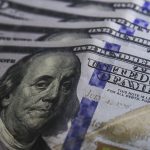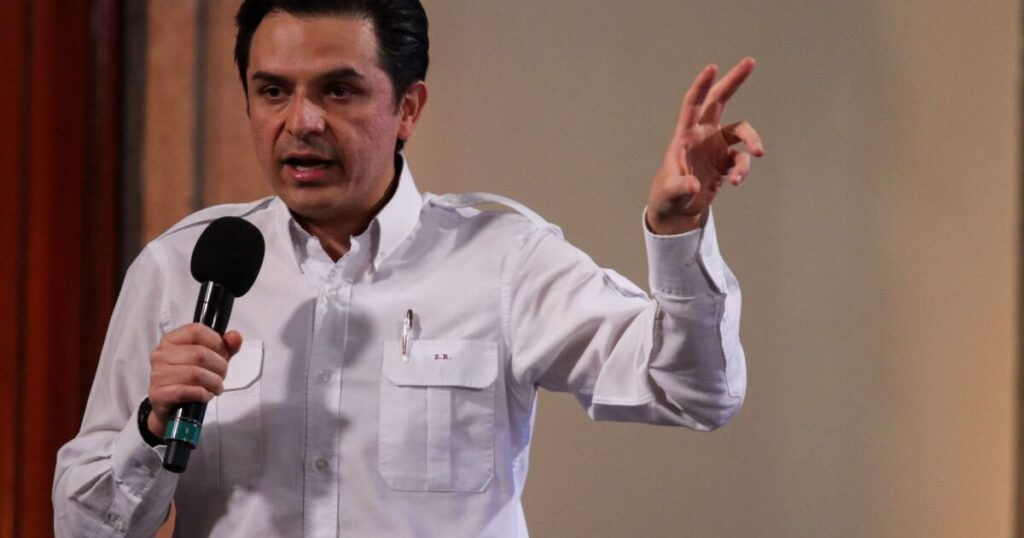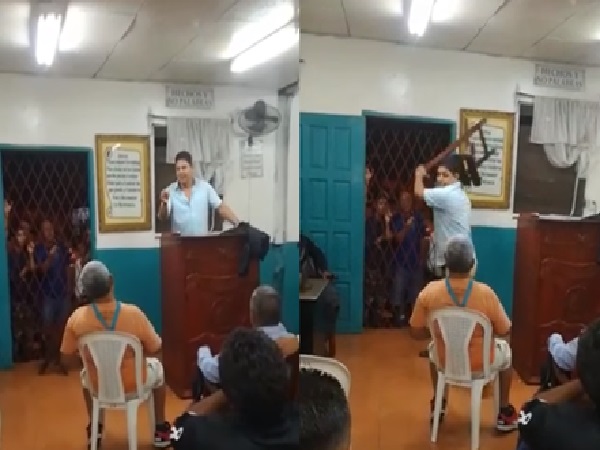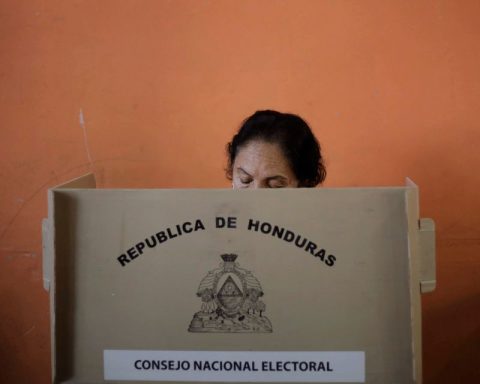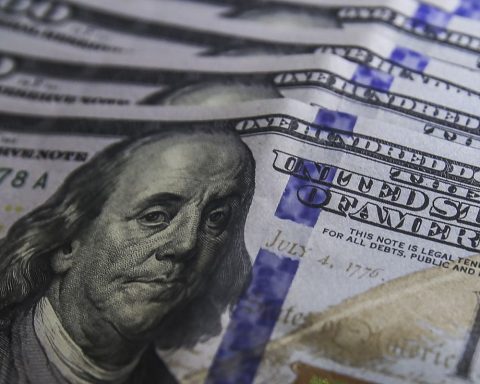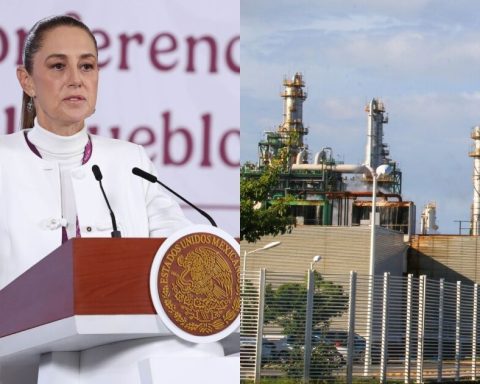Camilo Guevara March, one of the sons of the Argentine guerrilla Ernesto Guevara de la Serna (Che)died this Monday at the age of 60, according to official media on the Island.
The cause of his death was a pulmonary thrombolysis that led to a heart attack. The incident happened while he was in the city of Caracas, VenezuelaAccording to diplomatic sources quoted by the Cuban agency Latin Press (PL).
According to the media, Camilo was a Labor Law graduate, and when he died he was director of the Che Guevara Study Center in Havana. The institution is in charge of promoting the thought, life and work of the guerrilla.
Camilo Guevara was one of the four children of the Argentine revolutionary with the Cuban Aleida March. Aleida, Celia and Ernesto join. Che had another daughter, Hilda, now deceased, from his previous marriage to the Peruvian Hilda Gadea.
The President of Cuba, Miguel Diaz-Canellamented this sudden death from his Twitter account.
With deep sorrow we say goodbye to Camilo, Che’s son and promoter of his ideas, as director of the Che Center, which preserves part of his father’s extraordinary legacy. Hugs to his mother, Aleida, to her widow and daughters, and to the entire Guevara March family. pic.twitter.com/n7PaAVbmC2
– Miguel Díaz-Canel Bermúdez (@DiazCanelB) August 30, 2022
“With deep pain we say goodbye to Camilo, Che’s son and promoter of his ideas, as director of the Che Center, which preserves part of his father’s extraordinary legacy,” he wrote. He also expressed his deepest condolences “to his mother, Aleida, to her widow and daughters and to the entire Guevara March family,” review PL.
Although he was born in Argentina, Ernesto Che Guevara was closely linked to Cuba and its revolutionary process, which he joined in Mexico. There he enrolled in the expedition of the Granma yacht as a doctor, with the rank of Commander he led one of the invading columns of the Rebel Army that in 1959 overthrew then President Fulgencio Batista.
After the triumph of the Revolution led by Fidel Castro, Che held various positions in the Government, among them that of Minister of Industries and President of the National Bank. In 1967 he renounced all his responsibilities and clandestinely prepared a guerrilla movement with the purpose of promoting a revolution similar to the Cuban one in Bolivia.
In that South American nation he was arrested and then executed. Since then, his image has been a reference for progressive and leftist movements that follow his libertarian and social justice ideals.
